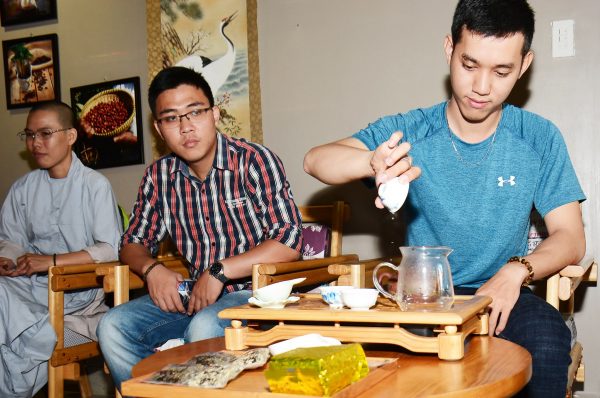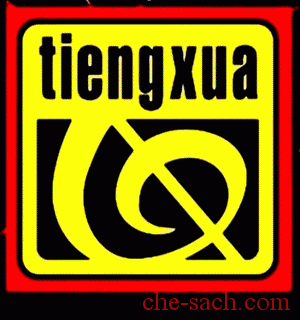It is generally accepted that the tea bush originated in the areas of southwest China (Yunnan), northwest Vietnam (Tay Bac), and northeast Laos (Phongsaly). To this day, these areas are known for the old tea trees that naturally flourish in the forests. Suoi Giang rests in the northern mountains of Yen Bai Province in Vietnam. This area also has an impressive forest that holds many old (and presumably wild) tea trees.

Center Suoi Giang dist
The natural environment in Suoi Giang is so perfect for the tea trees that the people who manage and watch the tea trees in the this forest need to do nothing more than add natural manure to maintain the trees. No irrigation and no shading is required. Yet, the clean and natural green teas that are produced using these old tea trees is still relatively unknown to Western tea drinkers. The reason is a shortage of workers to pick the leaves, and certainly not the quality of the teas themselves.

One Bud
Let’s give some due fair analysis and respect to the work of nature in caring for the tea trees in Suoi Giang, and to the workers who pluck these clean tea leaves. The sample packet has been opened, and an earthy, clean aroma is filling the air. Let the journey begin…The dry leaves have a light to dark faded green color. The pluck is two leaves and a very small bud. The leaves consist of large fragments, and presumably many whole leaves with the stem intact. The leaves appear to be larger in size than most more common green teas. There are also a few bare stems of considerable size and thickness, like a matchstick. The leaves are rolled, and many are curled. The leaves are very dry, and crack easily and cleanly. The aroma has scents of light grass, light brown sugar, light earth, and very light dried fruit.

Suoi Giang Special Green Tea Infusion
Three grams of dry leaves were placed in a porcelain tea infusion cup. Purified water was heated to 185°F (80°C). The leaves were infused for 3:00 minutes.My suggestion for at home brewing is to use three grams of dry leaves for every 6 to 8 ounces (180 to 240 ml) of water to be used. Heat water to 175°F (75°C). Steep the leaves for 1:30 minutes.

The first infusion produced a liquor with a golden-yellow color with a slight greenish tint, clear and transparent. The aroma had scents of grass, mineral (earth), light dried fruit, and light wet wood. The body was medium, with a round texture. The taste had notes of mineral (wet stone), grass, light marine, light wood, and very light flowers. The aftertaste is a combination of grass and mineral, and a flowery essence is left on the breath. All things considered, this Suoi Giang green tea reminds me of a sheng pu’er tea more than a typical green tea.

Pack 100gr.
The wet leaves have a uniform fresh forest green color. Some leaves show signs of tea mosquito attacks, with small round black marks. The leaves are all large fragments or whole leaves. The larger leaves measure 2.5 to 3 inches (63 to 76 mm) in length. The pluck is two leaves and a very small bud. There are a few bare stems in the mix. The leaves have a soft, smooth texture. The aroma has scents of mineral, grass, earth, and light flowers.

Of the green teas that I have tried from the various regions of Vietnam, I will say that this has been among the best. The fact that it reminds me more of a sheng pu’er than a typical green tea has much to do with that opinion. The taste is clean and natural, with a dominant mineral character. The leaves also withstood three infusions that all produced very good quality cups. The price of this tea is relatively low at the moment, which makes it a great time to find and try it!
By Duy Thinh Tea.








Click Ngay